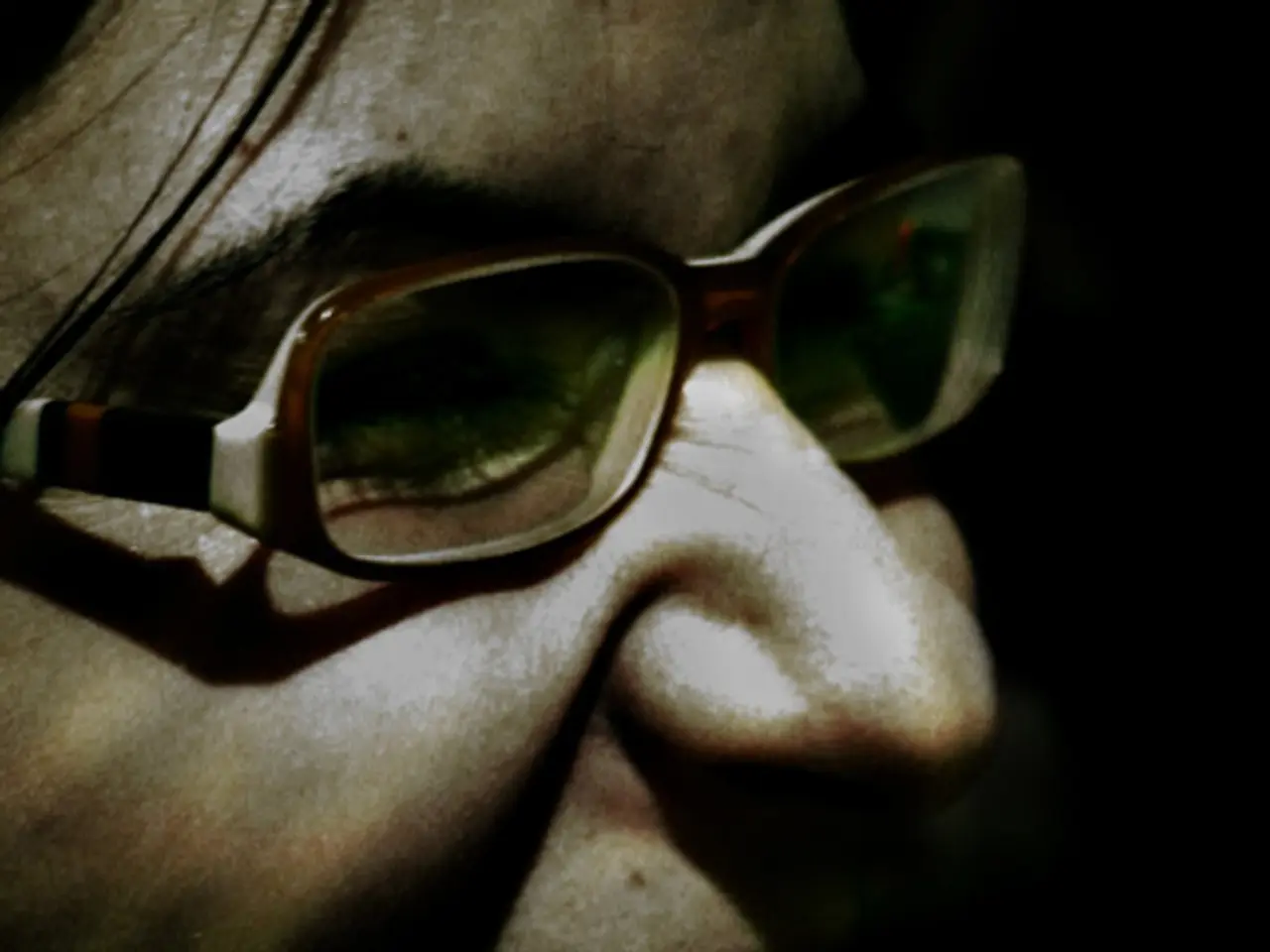Depression with a Smile: Identifying Signs, Remedies, and Key Information
Depression is a common mood disorder that affects millions of people worldwide, with an estimated 264 million individuals experiencing it. This article aims to shed light on three different forms of depression - smiling depression (high-functioning depression), situational depression, and persistent depressive disorder (PDD) - and their causes, symptoms, and treatments.
Smiling Depression, also known as high-functioning depression, is a form of depression where individuals appear to be functioning normally despite experiencing depressive symptoms. Causes of smiling depression are often linked to a combination of biological, psychological, and environmental factors, and can be triggered by stress, trauma, or long-term life patterns.
Situational depression, on the other hand, is triggered by stress or significant life events, such as loss of a job, divorce, or death of a loved one. Symptoms occur as a reaction to these events and may develop within a few months afterward.
Persistent Depressive Disorder (PDD) may be more related to chronic stress, pessimistic outlooks, low self-esteem, and long-term life patterns. It develops gradually and can be influenced by factors like prolonged stress or chronic illness.
Treatment for these forms of depression often involves a combination of medication, psychotherapy, stress management, nutrition, exercise, light therapy, and electroconvulsive therapy.
For smiling depression, psychotherapy such as cognitive-behavioral therapy (CBT) can help individuals identify and change negative thought patterns. Antidepressants like SSRIs may also be prescribed to manage symptoms. Support groups can provide emotional support to those dealing with high-functioning depression.
Situational depression treatment typically includes counseling to help individuals process their emotions and adjust to new circumstances, relying on friends, family, or support groups for emotional support, and engaging in relaxing activities and maintaining a healthy lifestyle.
Persistent depressive disorder treatment commonly involves antidepressants, often in combination with therapy. Behavioral Activation encourages engagement in meaningful activities despite low motivation. Psychological interventions like CBT or interpersonal therapy can help manage ongoing symptoms.
It's important to note that depression is a serious health risk that can have potentially devastating consequences for individuals and their loved ones. Anyone expressing suicidal thoughts or plans should not be left alone. Help is available through the 988 Lifeline, Crisis Text Line, and other resources.
In conclusion, while the causes of these depressions differ, they often share similar treatment approaches, including therapy, medication, and a focus on lifestyle changes. A person with depression should be followed closely by a doctor during the time period it takes for medication to start working. Chronic stress exposure or the inability to manage stress can contribute to the development of depression.
For those with any symptoms of depression, it's crucial to consult with a doctor to determine what treatment may help. Persistent depressive disorder, also called dysthymia or mild depression, is a condition where individuals have episodes of major depression, as well as milder symptoms that last for at least two years. Hiding depression behind a smile can occur with various mood disorders, including major depressive disorder, bipolar disorder, substance or medication-induced depressive disorder, depressive disorder due to an underlying medical condition, and seasonal affective disorder.
In the context of health-and-wellness and mental-health, treatment for smiling depression typically includes psychotherapy like cognitive-behavioral therapy (CBT) to help individuals identify and change negative thought patterns, and the possible use of antidepressants such as SSRIs. On the other hand, situational depression treatment usually involves counseling to help individuals process emotions and adjust to new circumstances, relying on support networks for emotional support, and engaging in relaxation activities and maintaining a healthy lifestyle. In contrast, persistent depressive disorder treatment often employs antidepressants, therapy like behavioral activation and CBT or interpersonal therapy, and a focus on engagement in meaningful activities despite low motivation.




